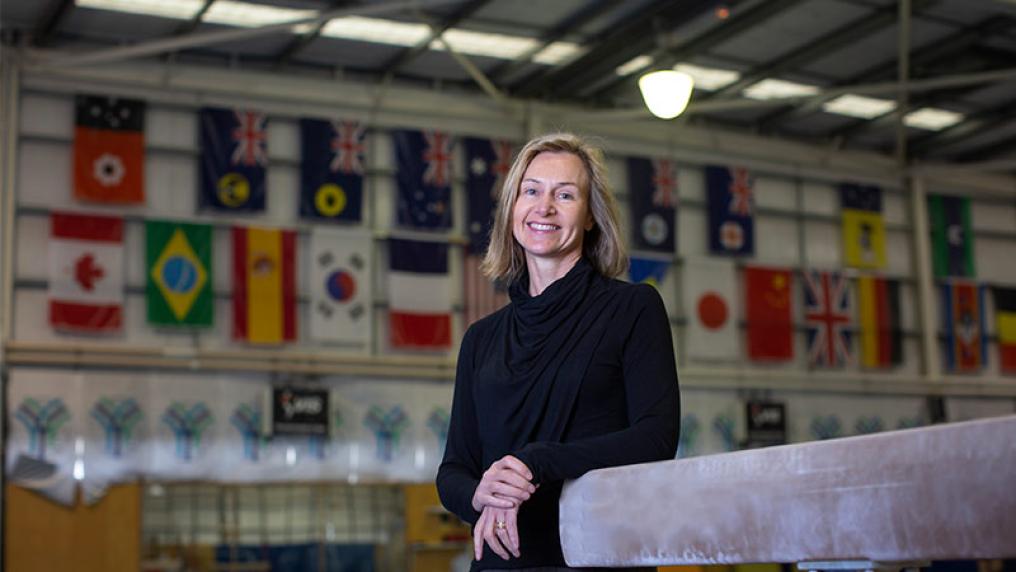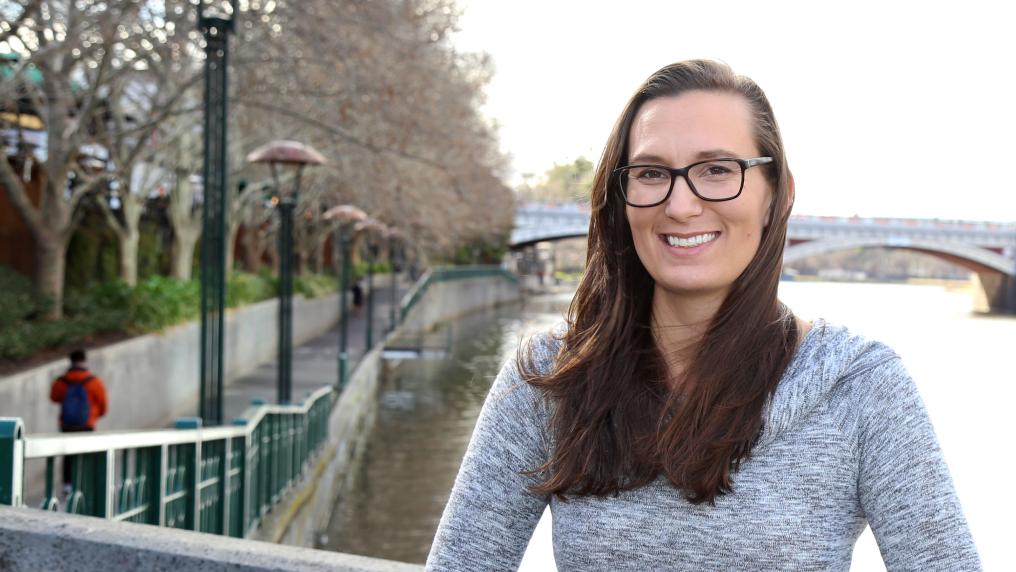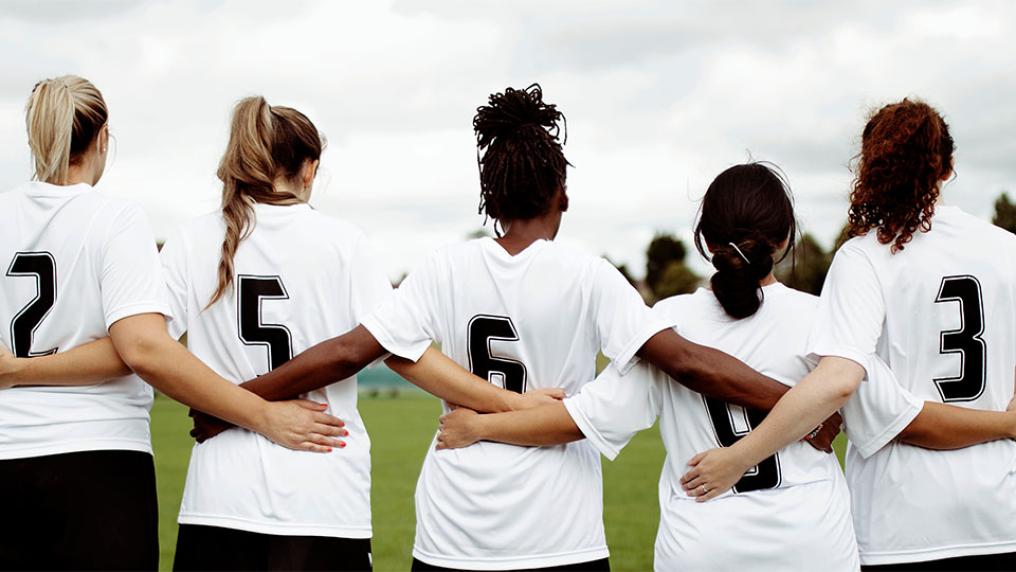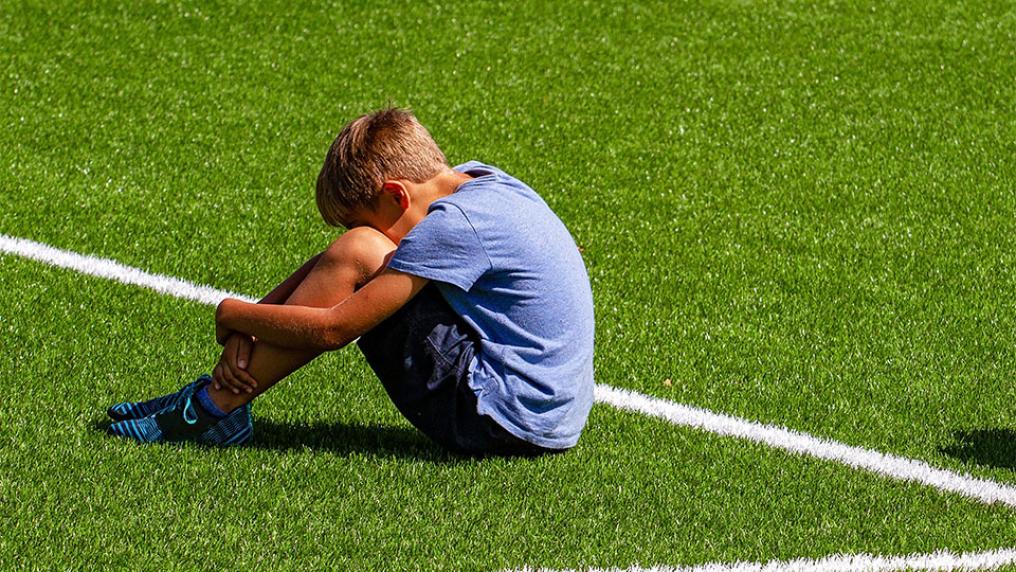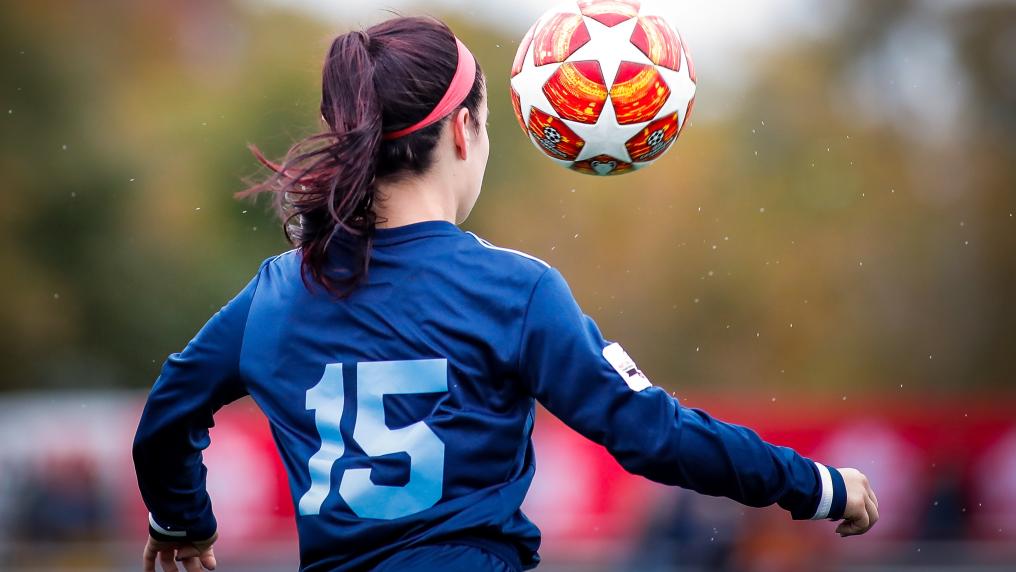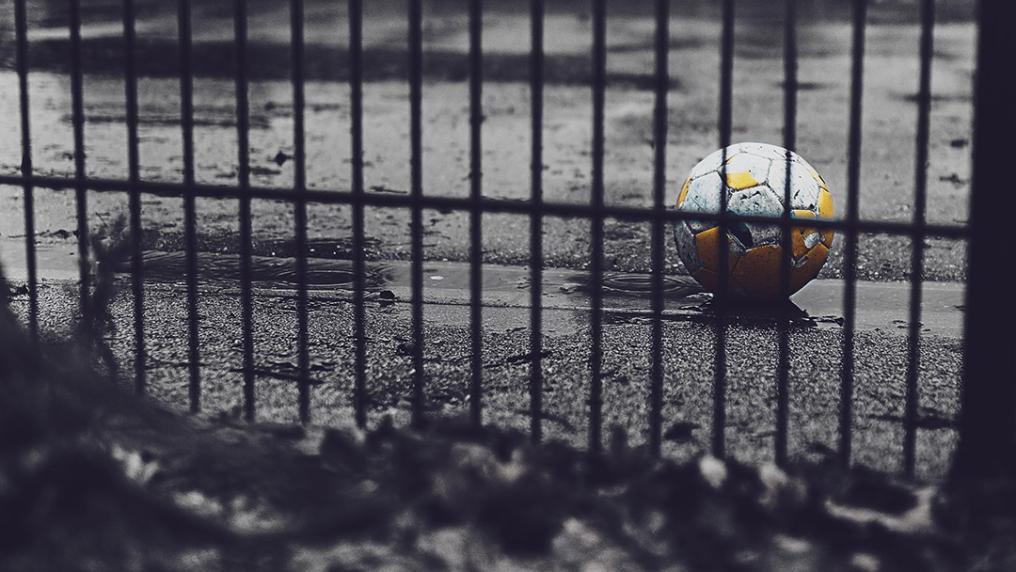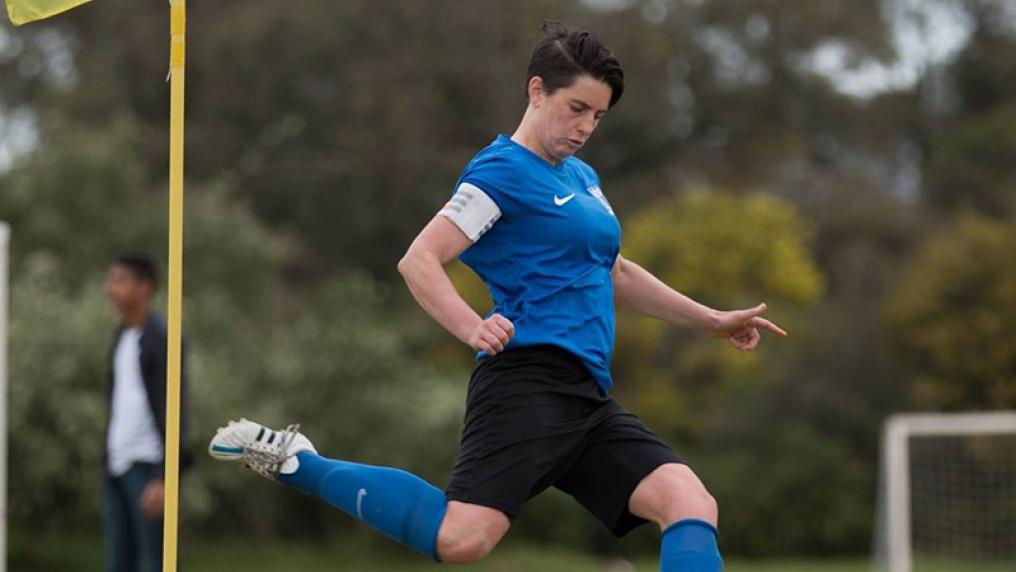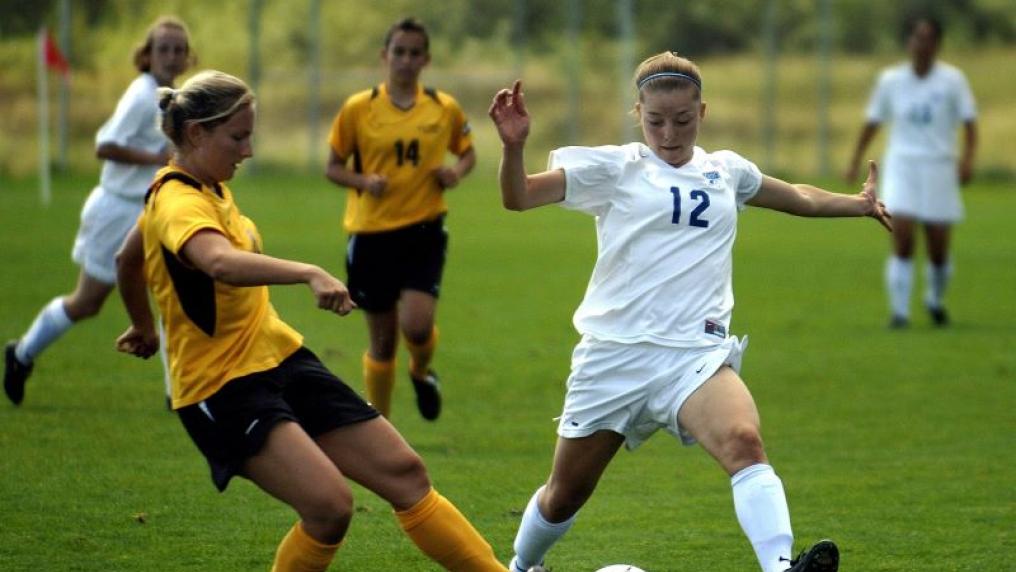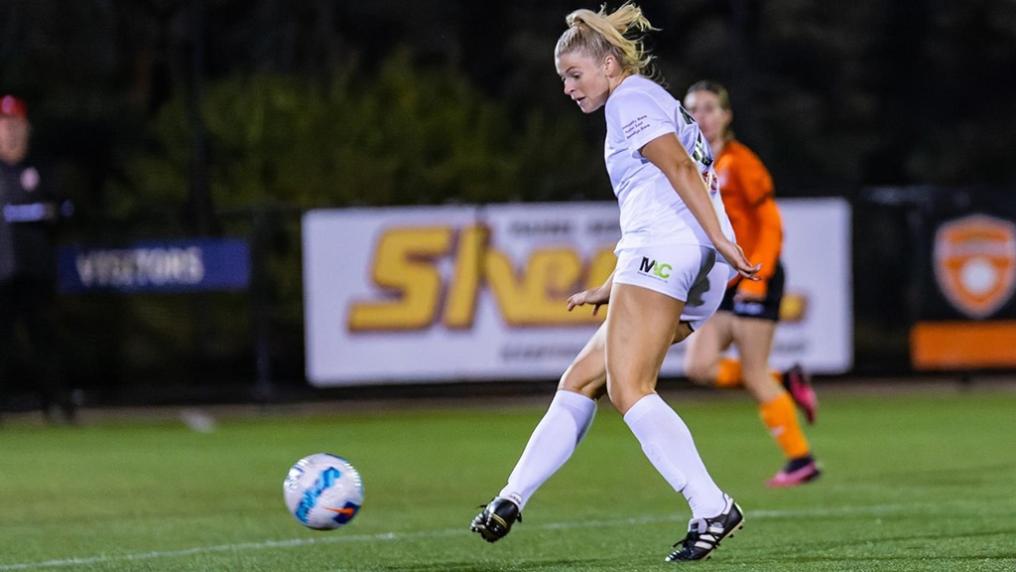Inclusive sport
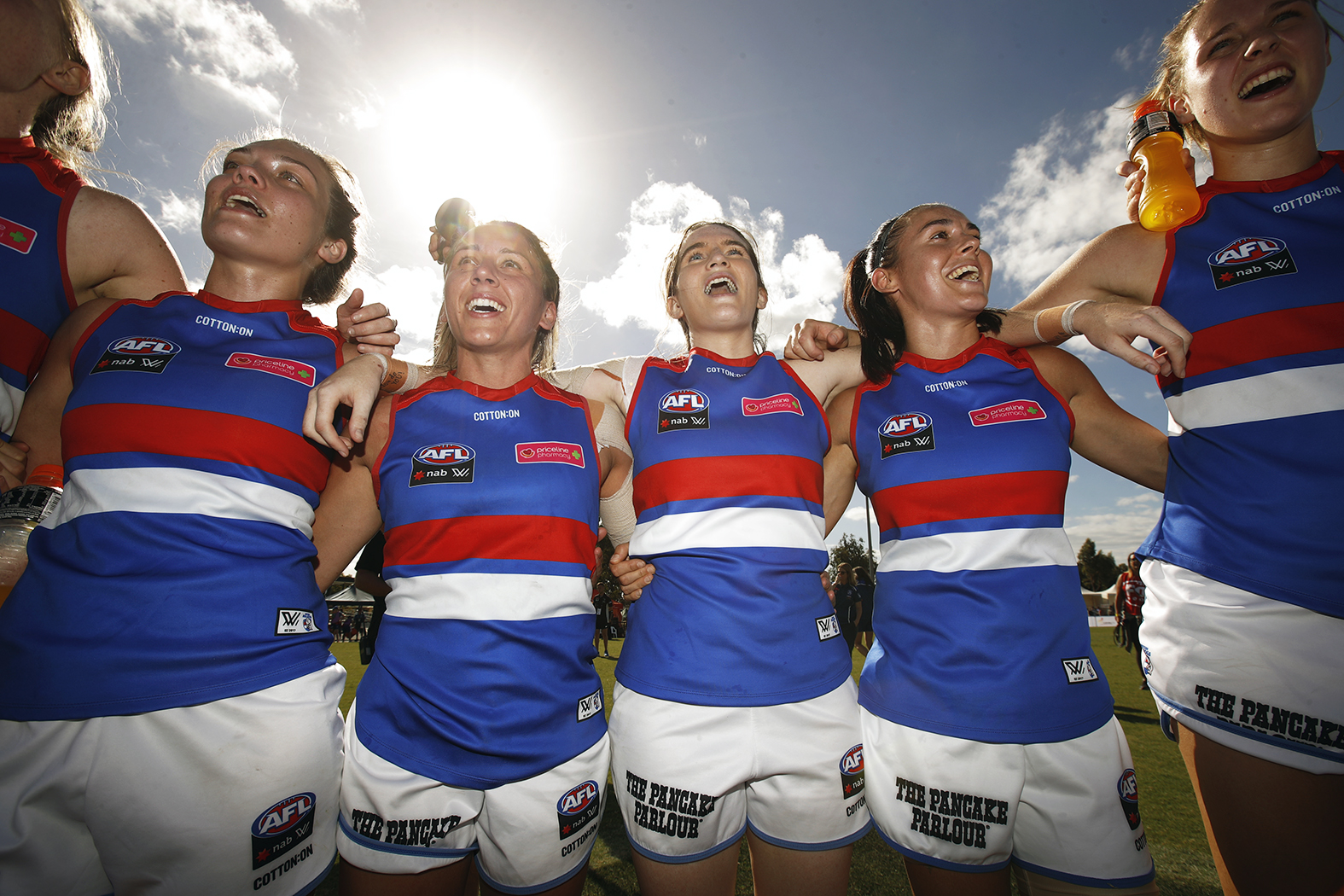
At VU, safe and inclusive sport participation drives our sport and health research.
From community to professional level, on field and off field challenges, our research is dynamic, tangible and already having a national and international impact.
Meet our researchers
Recent reports
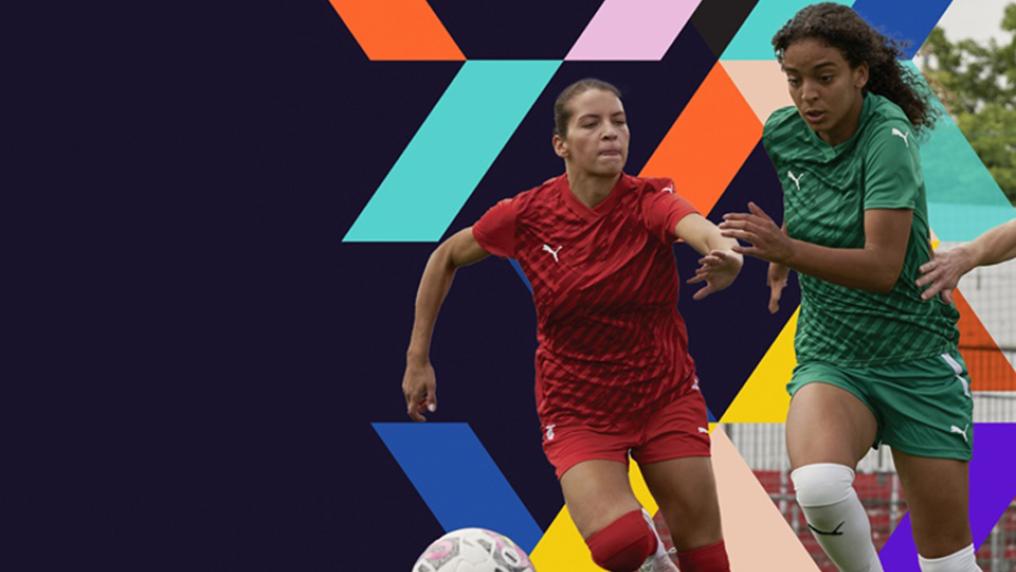
Changing uniform policies to keep girls in the game
A study led by VU Susan Alberti Women in Sport Chair, Professor Clare Hanlon, confirmed that flexible uniform policies improved girls’ willingness to play sport.
The research has prompted major sports organisations and peak bodies to change their uniform policies to reflect women and girls’ comfort levels and expectations, to encourage continued sport participation.

Safeguarding – preventing violence in children’s sport
This research explores the frequencies of childhood disclosures of violence in sport and how the interactions unfolded through surveys from 800 participants and interviews with individuals who had disclosed their experiences to an adult. Participants were subjected to a range of behaviours including sexual, emotional and physical abuse, neglect, bullying and harassment.

Making female referee uniforms more inclusive
Building on the success of the player uniform review, Professor Hanlon and her team are now calling for an overhaul of umpire and referee uniforms. Through a survey of 286 current officials (250) and non-officials (36) aged between 15 and 80 (average age of 33) from each Australian state and territory, the team have produced a guide for sporting codes and uniform providers on what women want.
As seen in ...




